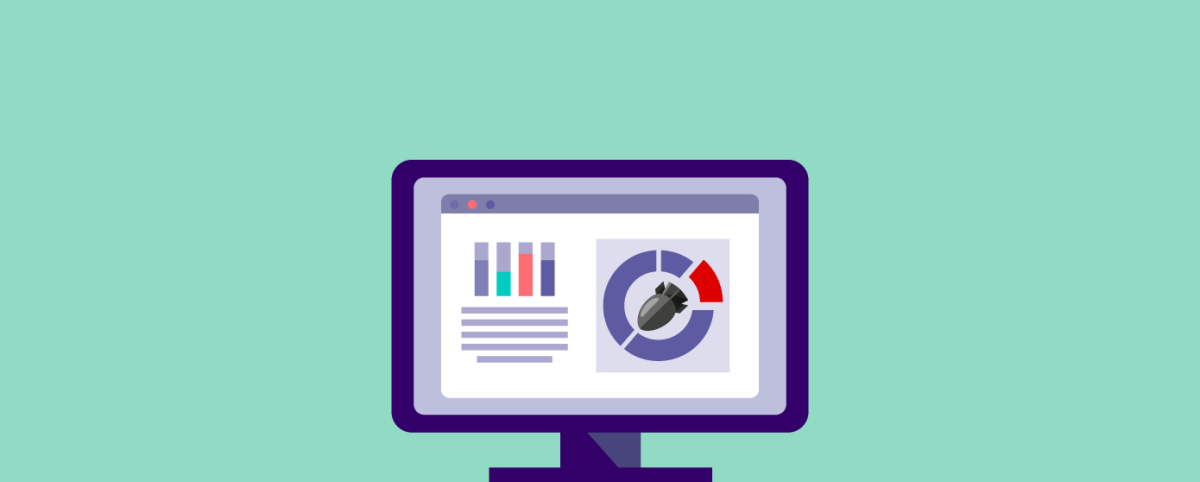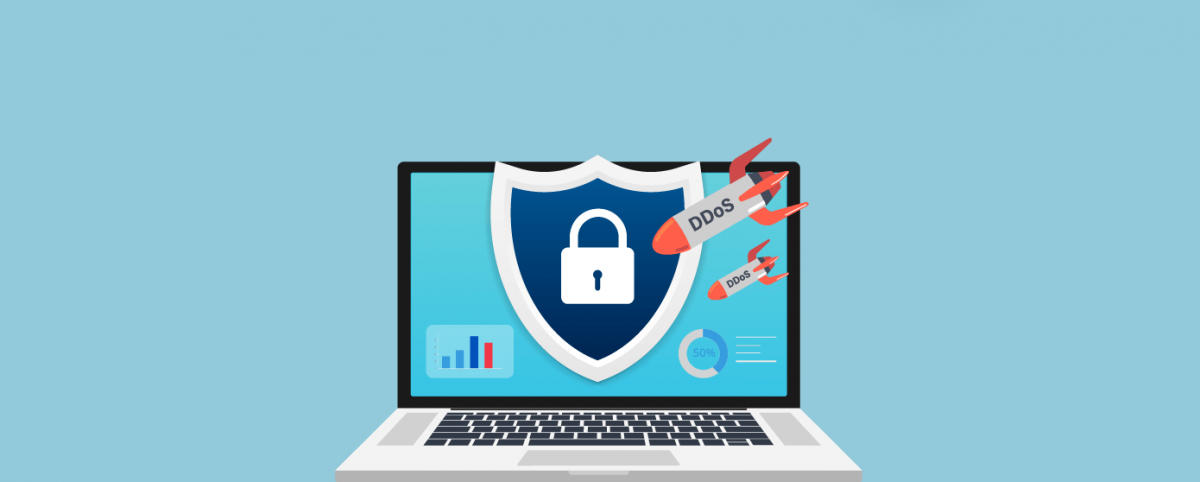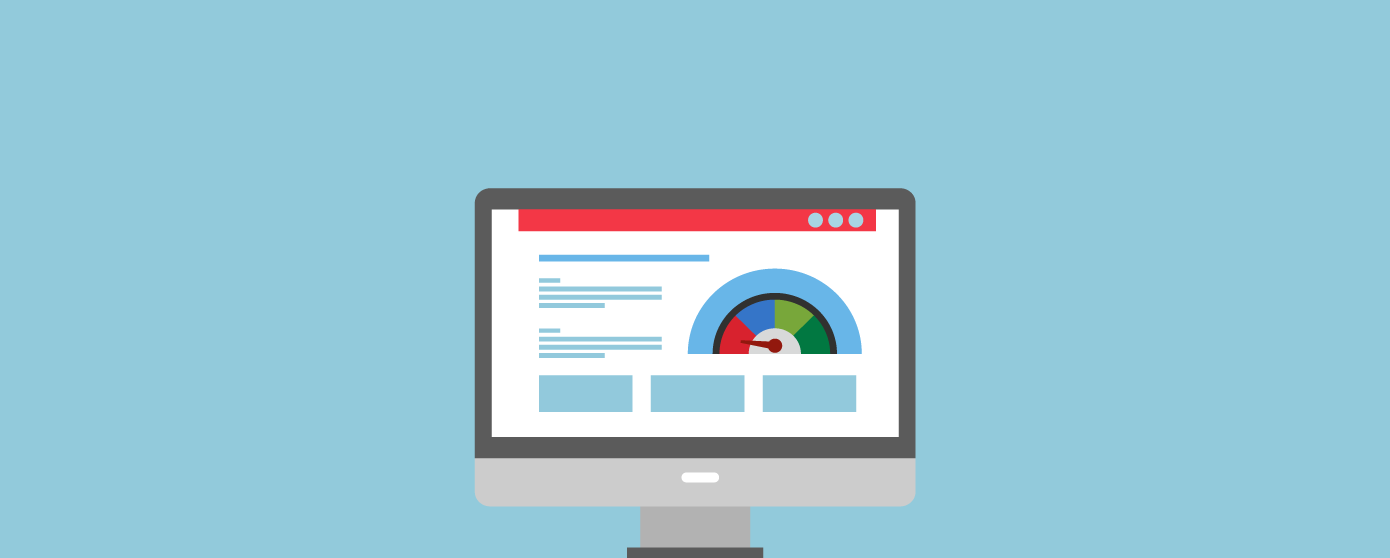What You Should Know Before the Next DDoS Attack?
You may have heard a lot about DDoS attacks and how they can cause your websites and web applications to crash, face downtimes and become unavailable to legitimate users by flooding servers with requests from botnets and malicious traffic. If you have not already faced such an attack, you should consider yourself lucky! If you have faced a DDoS attack already, you probably know how damaging it is for your brand image and revenues, and that you must have robust and cohesive DDoS attack prevention measures in place.
Here are some things you should know before the next DDoS attack (whether or not you have already faced one) so that you can be well-equipped to prevent it or at least minimize its impact.
6 Things You Should Know Before Next DDoS Attack
1. If you have been attacked once, it doesn’t mean you will not be targeted again
DDoS attacks are like any home break-in. It can happen to any website/ web application that is vulnerable and oftentimes, repeatedly. So, if you have faced a DDoS attack and you only rectified the symptoms and did not address the underlying vulnerabilities and gaps, you are basically leaving your digital assets open to more DDoS attacks. After facing a DDoS attack, you must ask yourself the following questions:
- What did the attack target? A specific part/ whole website/ particular assets?
- What was the attack MO?
- What was the duration of the attack?
- If you had DDoS attack mitigation in place, how did the third-party vendor respond?
Get URI-Based DDoS Protection for your Applications
These will help you get equipped before the next attack.
2. Every organization is a potential attack target
Whether you are a small organization or a big corporate house and whether you have a simple blog or a dynamic website or a high-traffic e-commerce website, you are a potential attack target. In fact, smaller companies and simple websites/ web applications often invest little time and effort on robust DDoS protection (owing to this myth that they will not be targeted), making them easy targets.
3. DDoS attacks are very common and continuously evolving
DDoS attacks have increased by nearly 20% in the past two years. The impact and magnitude of these attacks have increased by nearly 200% in the same time period. In the first of 2019, the total of DDoS attacks was close to the total number of such attacks in 2018. So, DDoS attacks are much more common than you think, and the mode and nature of attacks are continuously evolving with cyber-attackers and hackers leveraging technology to find innovative ways to orchestrate DDoS attacks. For instance, multi-vector attacks, multiple method attacks were leveraged in the past year. So, your mitigation methods cannot be dated, they must evolve too.
4. DDoS attacks are not always volumetric
DDoS attacks are of two key types – volumetric/ network-level attacks and Layer7/ application-layer attacks. Volumetric or network-layer attacks such as UDP flooding, SYN Floods, DNS Amplification, etc. overwhelm the webserver with voluminous illegitimate requests to erode the bandwidth and compute resources and make the website unavailable.
While layer 7/ application-layer attacks can be orchestrated more easily with lesser computing resources by targeting vulnerabilities and/or business logic flaws at the application level and are less than 1GB in magnitude. These are much more difficult to identify and slip through the eyes of the security team until it is too late, especially, if proactive and holistic security measures are not in place. Examples – HTTP Flooding, Slowloris, etc.
5. DDoS attacks are often a smokescreen for other malicious activities and can be very damaging
DDoS attacks are often leveraged by competitors, hacktivists, crime syndicates, etc. as a smokescreen to divert the security team’s attention away from vulnerabilities and thereby, leverage the vulnerabilities for orchestrating other more damaging attacks and fulfill their agenda – extortion, data breach, bringing disrepute to the organization, dirty tactics to divert traffic to competitor website and so on.
6. High costs can lead businesses to even shut down
The costs of DDoS attacks include not just the revenue lost from downtimes and crashes but also the cost of remediation and escalation, legal costs, loss of brand image/ reputation, and loss of customer trust. According to studies, a small business can face a financial burden of USD 120,000 while big enterprises can face a burden of over USD 2 million. Such high costs could lead smaller businesses to even shut down.
DDoS Attack Mitigation:
How Should you Choose a Solution?
Choose a DDoS Protection solution that is comprehensive, multi-layered, intelligent, and managed such as AppTrana. It should provide always-on, instant defense against all types of DDoS attacks, customization based on the risk profile and unique needs of your business, and real-time visibility into the security posture. Ensure that you are not caught off-guard and that you are well-equipped to face a DDoS attack.
Stay tuned for more relevant and interesting security articles. Follow Indusface on Facebook, Twitter, and LinkedIn.

 February 4, 2020
February 4, 2020






